
The Heart, the Crown, the Flame
by Fr. Favin Alemao
The devotion to the Sacred Heart of Jesus entered my life at a very young age. My family home, which was adorned with a picture of the Sacred Heart of Jesus and the Immaculate Heart of Mary, was often filled with the sound of the Rosary, followed by the Sacred Heart devotion: “Jesus, meek and humble of heart, make my heart like unto thine. Sweet Heart of Jesus, be Thou my love!” As a child, I obviously much preferred the shorter, and sweeter devotion.
It was only by chance in the seminary that I came to really appreciate the devotion to the Sacred Heart (despite my spiritual director’s constant efforts at trying to illuminate our minds by his homilies and exhortations on the importance of the devotion). I was reading a book one summer by Dietrich von Hildebrand, and, being captured by his way of thinking, wanted to read something more. So, I stumbled upon his book: The Heart.
As I read his explanation of the different kinds of human hearts, it became clear to me how this devotion to the Sacred Heart is not just optional and sweet piety. It is, in fact, a beautiful revelation of who God is, and in a way that is much needed for us today. I hope I can explain what I mean.
"The image of the Sacred Heart reveals clearly the nature of God’s love for us,
and because God is love, it reveals to us God Himself." - Fr. Favin Alemao
No one who breathes today can avoid taking in the pollution of the air in which he lives. We are enveloped in a world of noise, a noise that is either the sum of insults, slurs, and whispers, or of a partying meant to drown out all of that. Few seem to escape this noise, and many are left wounded by it. Those who are sensitive find themselves repeatedly stuck in the cycle of hurt and resentment. Others grow hard of heart, not allowing themselves to feel any longer, stopping their ears to all that is around them. It takes a very special heart, however, who can take in all the pain and anger of the world, and yet not end up hardened by it all. Such is the Sacred Heart.
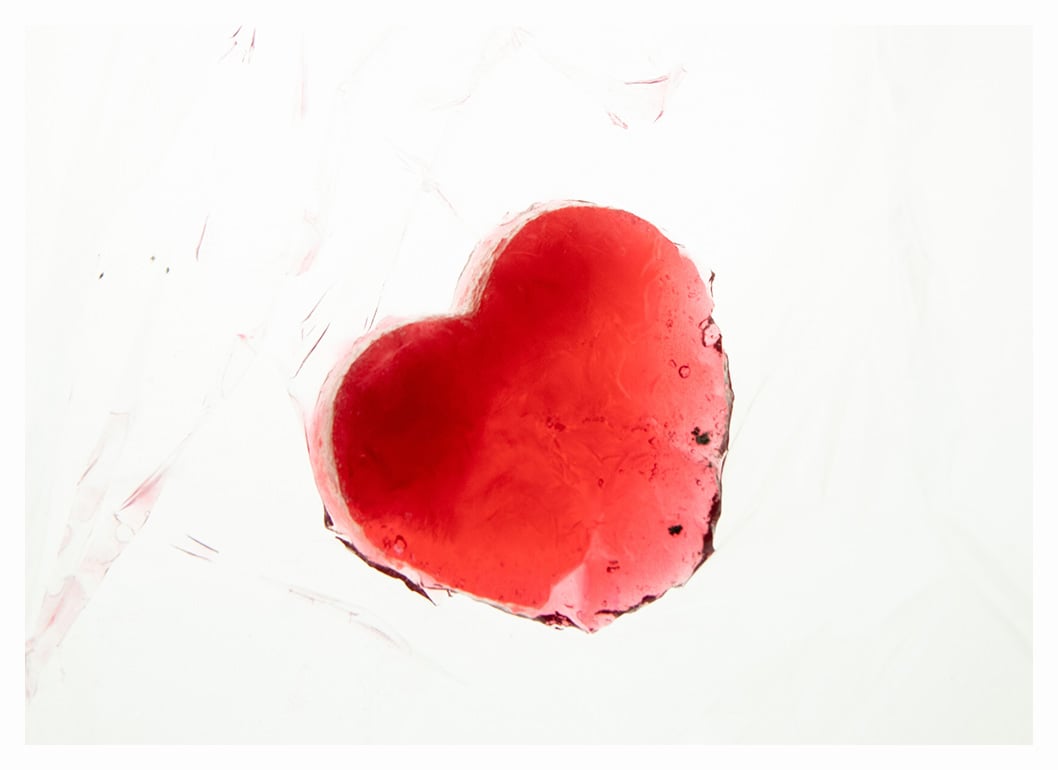
The image of the Sacred Heart reveals clearly the nature of God’s love for us, and because God is love, it reveals to us God Himself. That love is summarized in three symbols: the heart, the crown, the flame.
The Heart
The heart symbolizes the love of God the Father, which inspired the world into being. As God in His love formed the world and all its creatures, so also did he form humanity intimately by His own hand and breathed into the first man His very own breath. Sadly, the closeness that man felt towards God was short-lived.
The whisperings of the serpent made man doubt God’s love for him. That first man, Adam, knew that he was made to have the likeness of God, but he was confused by the serpent about what that meant. He was made to think that to be like God meant to be powerful, so as to be able to take for himself whatever he may desire. So, when God said, “You shall not eat of the fruit of the tree of the knowledge of good and evil,” Adam thought it an offense to his dignity. And so, he took, and he ate. Now we know the painful consequences.
The Crown 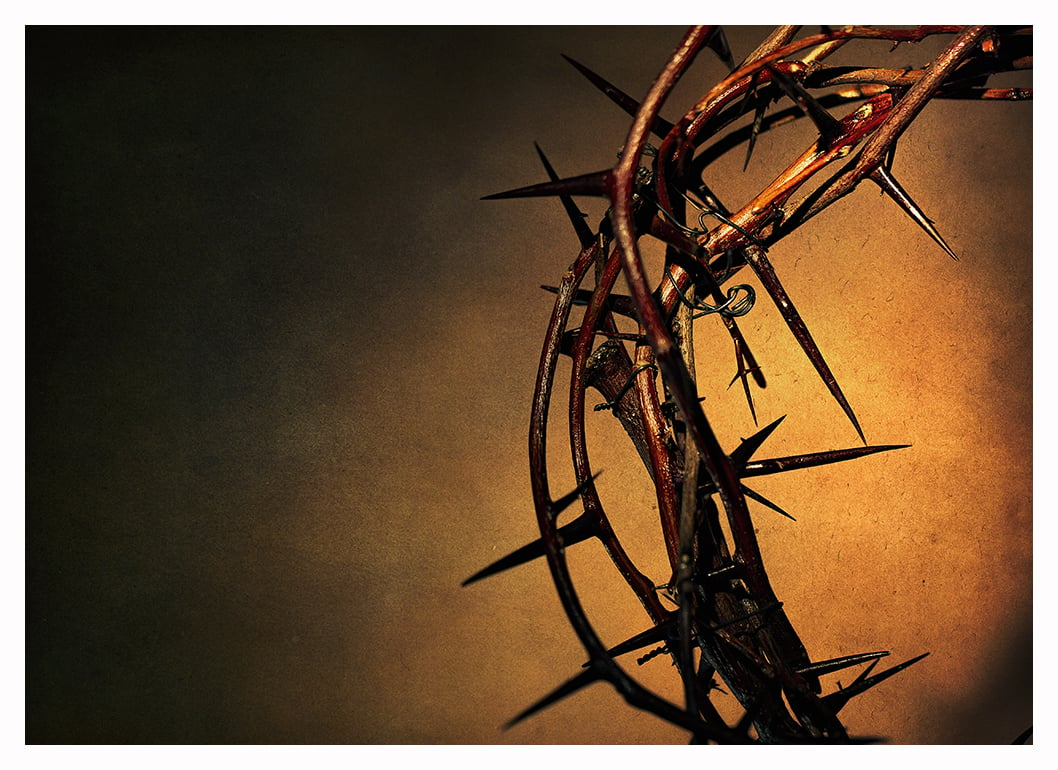
The truth about God is quite different. To be like God does not mean to be powerful and domineering. It means, rather, that we must love: “No greater love is there than this, to lay down one’s life for a friend.” And so, we see the second great symbol of the Sacred Heart: the crown. This crown, mind you, is not a crown of victory and power, as we might expect of any king. It is, rather, the crown of thorns. Our King wishes to suffer for us! Why? Is it because of how amazing we are as his servants? History should clear that delusion. No, our King suffers for us because He made us out of love, and He wants us to live forever in His love: “Abide in my love.” Moreover, it reveals to us the true meaning of love: humility. Love is not a frantic possessiveness, but a peaceful self-giving. So, to Christ, it doesn’t matter that we were the ones who struck the first blow, who chose to walk away from Him, who cut off all contact, He gives Himself to us because He knows that without Him, we cannot live.
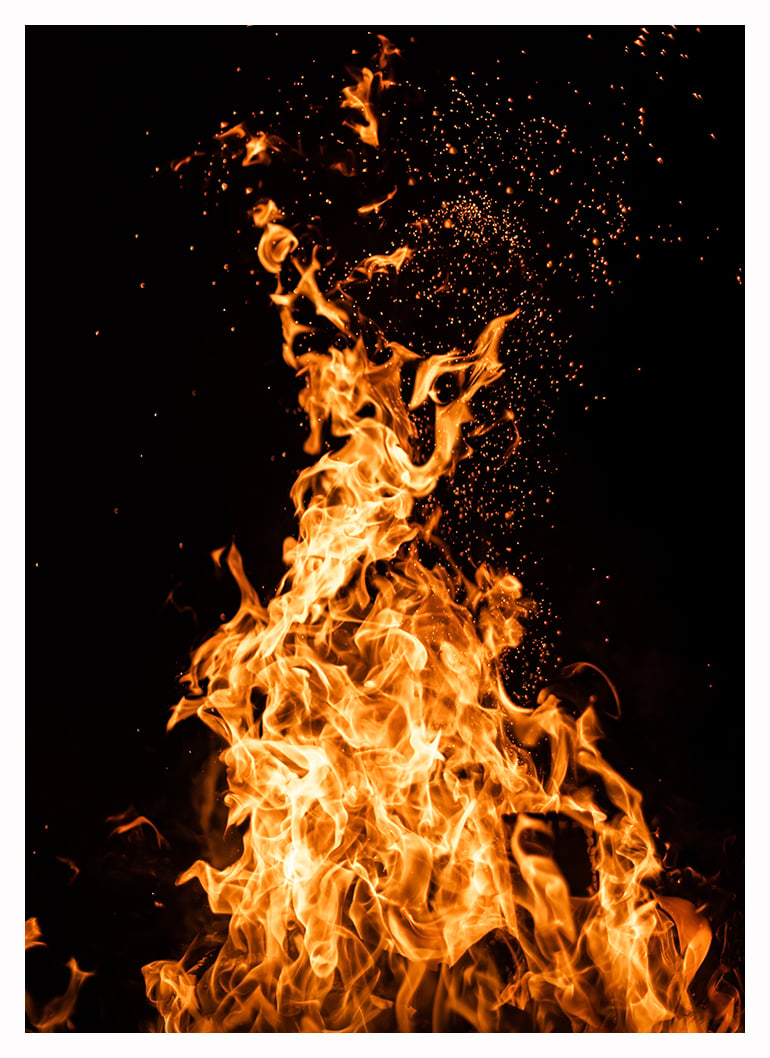
The Flame
To redeem us might have been enough, but God does more. He does not merely bring us back to the Garden of Eden to start all over again. His heart burns with a flame: the third symbol of the Sacred Heart. His love is so ardent, that He wants us not just to be what we once were, but to share in His very life, to be like God. Perhaps this is why after the resurrection, when our salvation was accomplished, the disciples were set on fire by the flame of the Holy Spirit. They were not merely redeemed, but they began to work marvels just as Jesus had done, and all this was only as a foretaste of the glory that would await them in the world to come.
The Imitation of the Sacred Heart
The heart, the crown, the flame. These three symbols of the Sacred Heart reveal the extent of God’s Love for us: He made us out of nothing, He redeemed us when we sinned, and He elevated us to be like Him when we deserved to be treated like one of His servants. “Jesus, meek and humble of heart, make my heart like unto thine.”
Look at how resilient God’s Love is in the face of all our sins and protests. When our sensitive hearts would so easily yield to bitterness, or our hardened hearts to indifference, the Sacred Heart remains a heart that is open. In fact, from the wounded heart of Christ flows out His redeeming blood and water. “Jesus, meek and humble of heart, make my heart like unto thine.”
Look at the Sweetness of His Heart, that not only forgives, but even consoles those who abandon Him: “I will be with you forever, even until the end of the age.” May we learn from this heart the true meaning of love, of mercy, and of forgiveness. “Jesus, meek and humble of heart, make my heart like unto Thine. Sweet Heart of Jesus, be Thou my Love!”
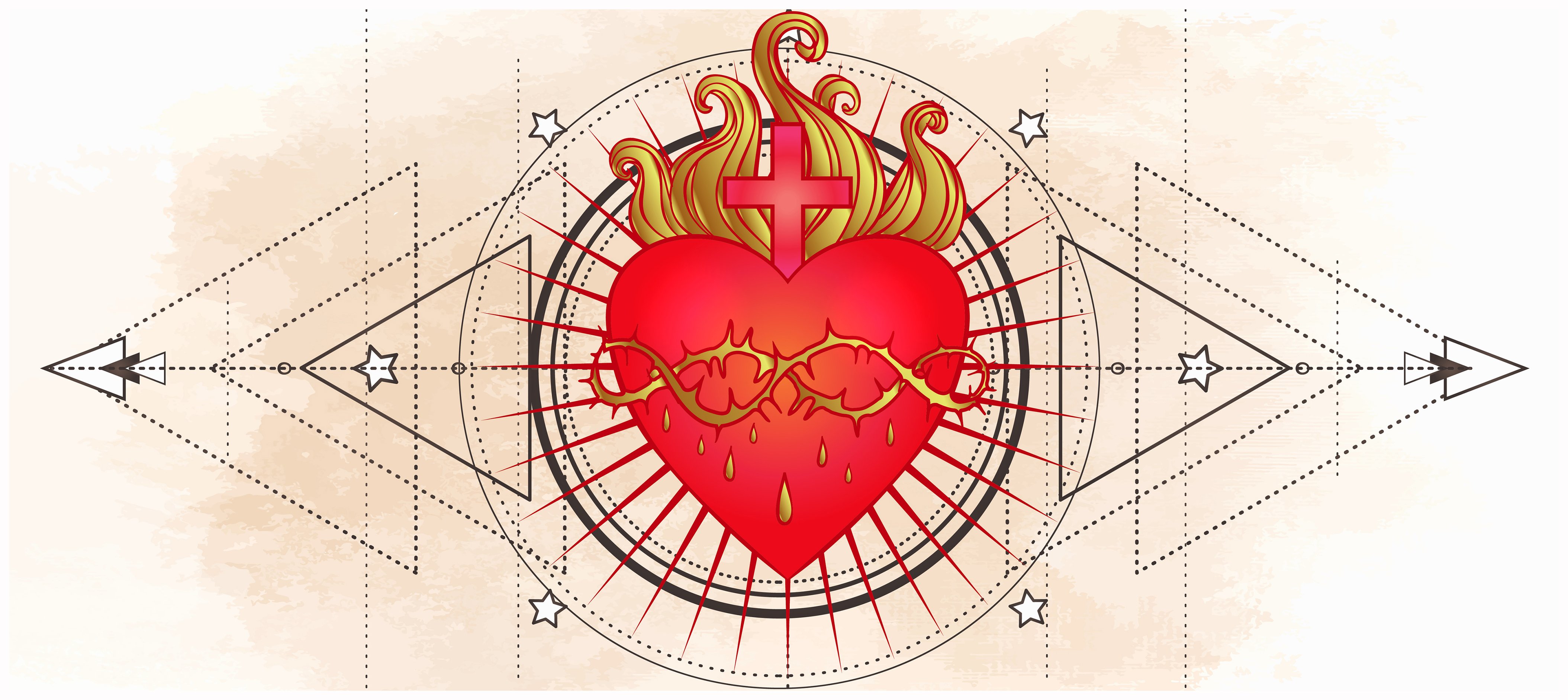
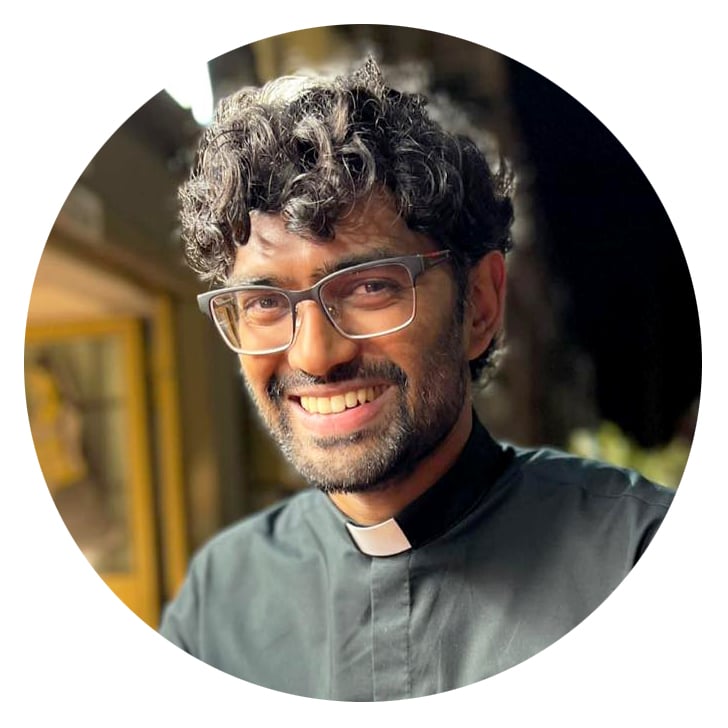 Fr. Favin Alemao is a priest for the Archdiocese of Toronto, currently on studies in Rome. Fr. Alemao was born in Abu Dhabi, United Arab Emirates, and moved to Toronto in 2001. After high school, he studied at the University of Toronto in Scarborough and at St. Philip's Seminary in Toronto. Fr. Alemao went on to enter formation at St. Augustine's Seminary of Toronto and was ordained to the priesthood in 2017.
Fr. Favin Alemao is a priest for the Archdiocese of Toronto, currently on studies in Rome. Fr. Alemao was born in Abu Dhabi, United Arab Emirates, and moved to Toronto in 2001. After high school, he studied at the University of Toronto in Scarborough and at St. Philip's Seminary in Toronto. Fr. Alemao went on to enter formation at St. Augustine's Seminary of Toronto and was ordained to the priesthood in 2017.
